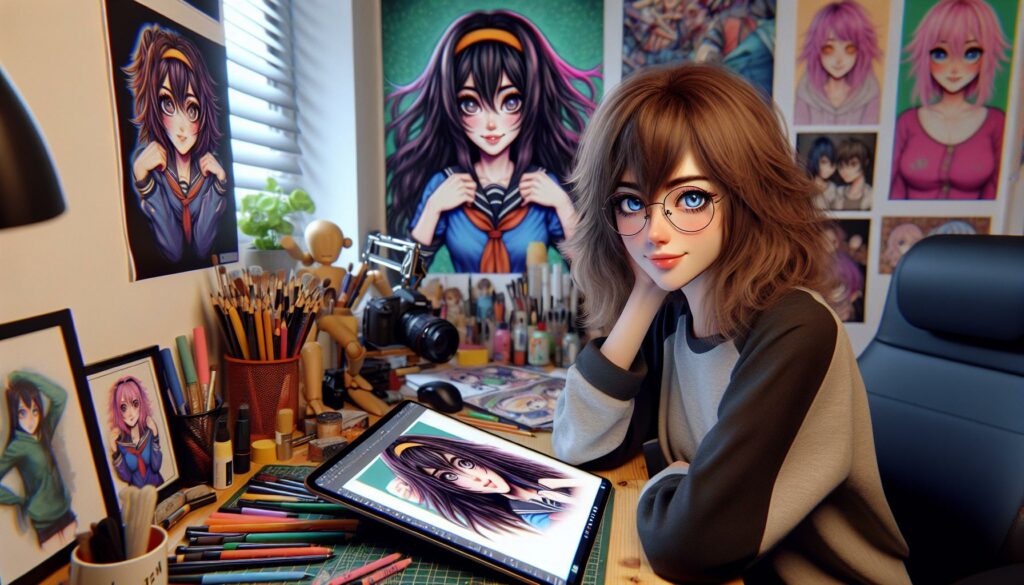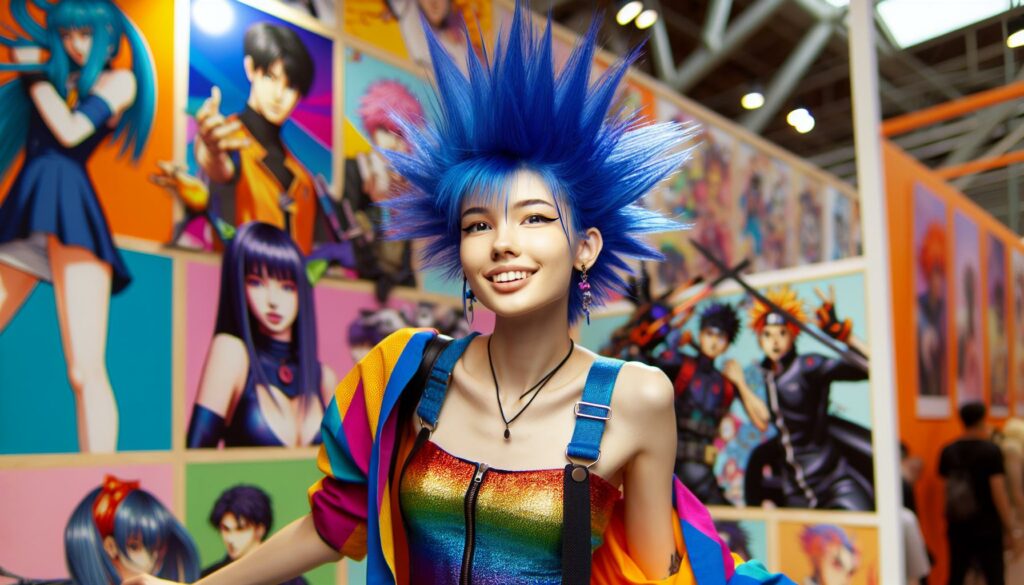Anime drawing has captured the hearts of countless fans around the world, blending creativity with vibrant storytelling. As I dive into the world of anime art, I find it not just a hobby but a passion that allows me to express emotions and ideas through unique characters and dynamic scenes. Whether you’re a seasoned artist or just starting, the allure of anime drawing is undeniable.
In this article, I’ll explore essential techniques and tips that can elevate your anime art skills. From mastering proportions to understanding color theory, each step is a building block toward creating stunning visuals that resonate with viewers. Join me as we embark on this artistic journey, unlocking the secrets behind captivating anime illustrations.
Key Takeaways
- Artistic Expression: Anime drawing combines creativity and storytelling, allowing artists to express emotions and ideas through unique characters and vibrant scenes.
- Core Techniques: Master techniques such as character design, background art, and color usage to elevate your anime drawing skills and create captivating illustrations.
- Diverse Styles: Explore the unique characteristics of various anime styles, from traditional hand-drawn techniques to modern digital methods, enhancing your artistic versatility.
- Community Engagement: Join online forums and social media groups to share your work and learn from other artists, fostering a strong sense of connection within the anime art community.
- Cultural Influences: Appreciate the incorporation of Japanese cultural elements in anime drawing, which enriches the storytelling experience and deepens audience connection.
- Comparative Insights: Understand the distinct features that differentiate anime from other drawing styles, such as manga and Western animation, to broaden your artistic perspective.
Anime:9iifp48_dfk= Drawing
Anime drawing combines artistic expression with storytelling, captivating a diverse audience. This section delves into the distinctive features and the audience that fuels this vibrant art form.
Key Features
- Character Design: Characters often showcase exaggerated features, such as large eyes and vibrant hair colors, embodying unique personalities.
- Dynamic Poses: Artists frequently employ action-oriented poses, enhancing the sense of movement and emotion within scenes.
- Expressive Styles: Various art styles range from simplistic chibi forms to intricate detail, allowing artists to convey different moods and themes.
- Color Usage: Bold and saturated colors dominate anime art, often symbolizing emotions and setting the tone of the narrative.
- Cultural Influence: Incorporating elements from Japanese culture, such as clothing, architecture, and mythology, enriches the storytelling experience.
- Art Enthusiasts: Many individuals enjoy anime drawing for its creativity, seeking inspiration and techniques to develop their artistic skills.
- Anime Fans: Viewers connected to anime series or films often engage with drawing to recreate beloved characters and scenes.
- Young Artists: Children and teens may find anime drawing accessible, as it provides a welcoming entry point into the world of art.
- Online Communities: Artists and fans participate in forums and social media, sharing work, critiques, and collaboration opportunities, fostering a strong sense of community.
- Educators: Teachers and instructors often integrate anime drawing into curricula, promoting artistic expression and cultural understanding among students.
Techniques Used in Anime:9iifp48_dfk= Drawing
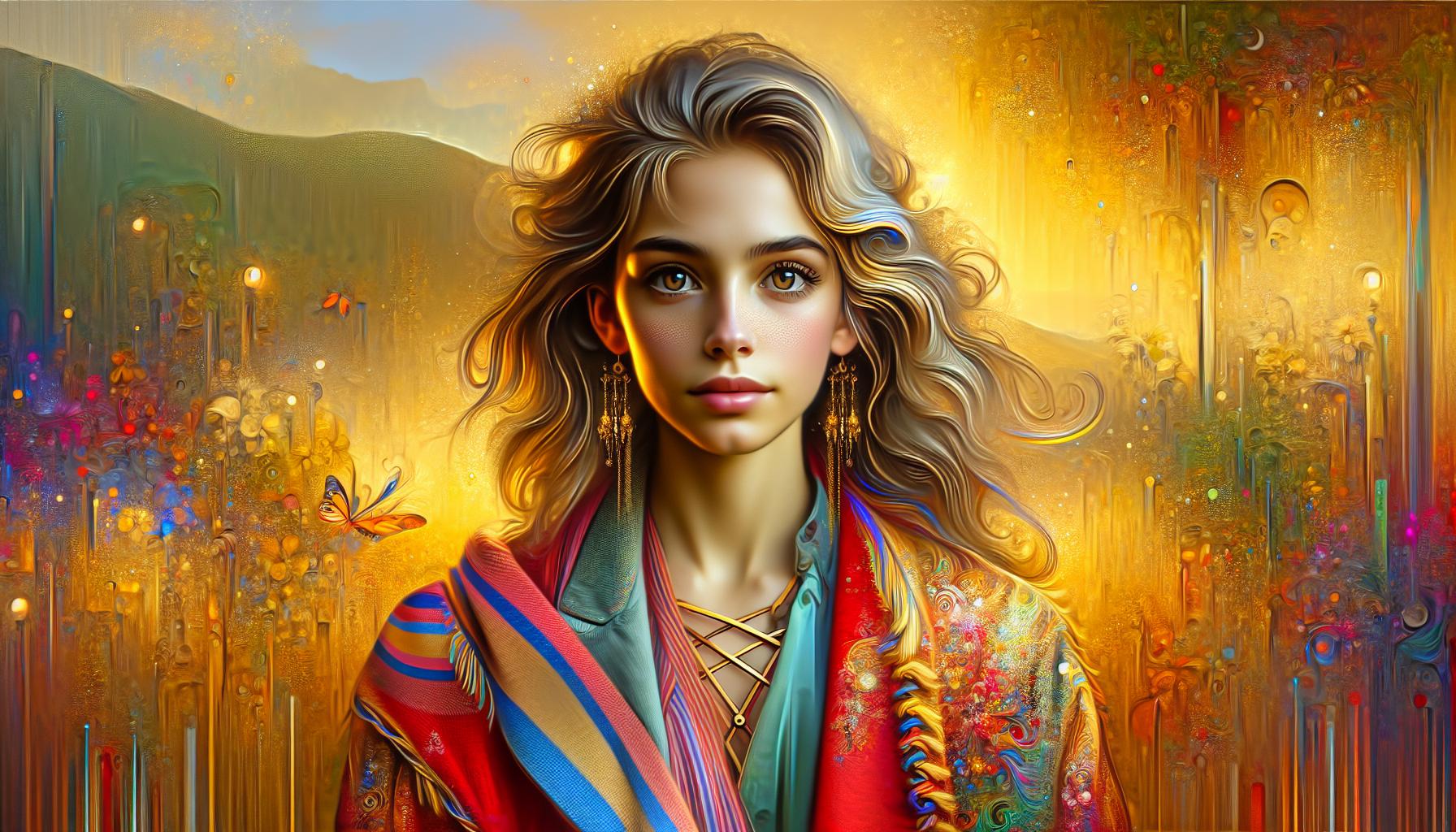
Anime drawing involves several key techniques, each contributing to the art’s unique appeal. Understanding these techniques enhances my ability to create captivating illustrations.
Character Design
Character design stands at the core of anime drawing. It emphasizes vibrant personalities through distinct features. I focus on exaggerated eyes, unique hairstyles, and clothing styles that reflect the character’s traits. Utilizing reference images helps me achieve accurate proportions. Applying a three-step approach—sketching, refining, and finalizing—ensures that characters resonate with viewers. I may incorporate symbolic elements in the designs, like color and accessories, to add depth and convey background stories.
Background Art
Background art enriches anime illustrations by providing context and atmosphere. I pay attention to perspective techniques for creating depth and realism. For scenery, I use layered elements like foreground, midground, and background to immerse the viewer. Mixing styles, such as realistic landscapes with vibrant, stylized elements, enhances visual storytelling. I explore lighting and color theory to evoke specific moods; warm tones can evoke comfort, while cool tones may convey melancholy. Detailing helps ground scenes, making them relatable and engaging.
Popular Styles in Anime:9iifp48_dfk= Drawing
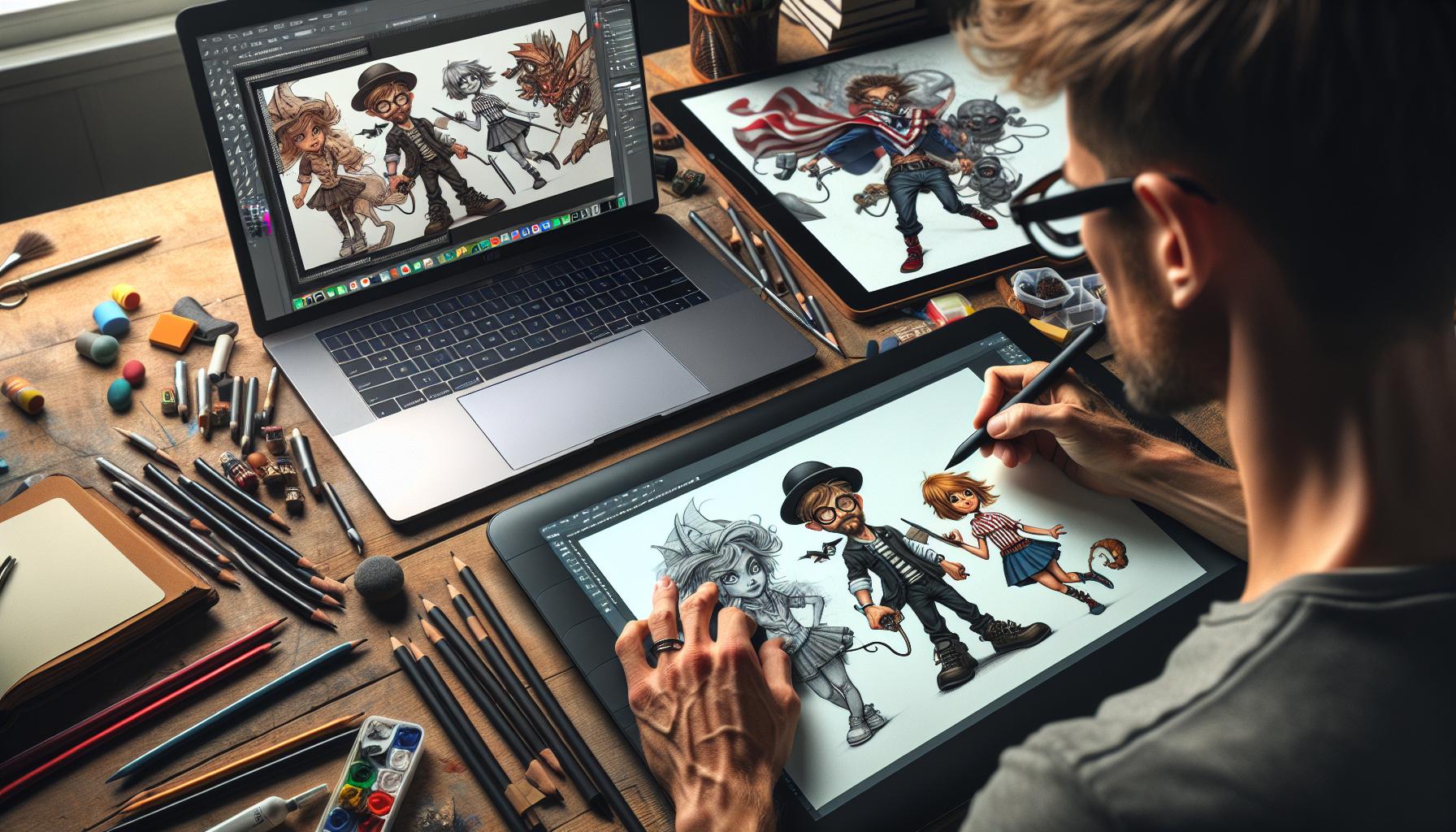
Anime drawing showcases diverse styles, each offering unique techniques that enhance creativity and storytelling.
Traditional Techniques
Traditional techniques in anime drawing emphasize hand-drawn artistry. Artists start with pencil sketches, focusing on proportions and poses to establish characters. Inking follows, often using pens for bold lines that define shapes. Watercolors or markers apply color, adding depth and texture. Techniques like cross-hatching provide shading and dimension, while detailed backgrounds draw viewers into the scene. These methods highlight the craft of anime:9iifp48_dfk= drawing, allowing for expressive character portrayal and vibrant storytelling.
Digital Techniques
Digital techniques revolutionize anime drawing, streamlining the creative process. Software such as Clip Studio Paint and Adobe Photoshop facilitate sketching, coloring, and rendering. Layers allow for easy adjustments and experimentation, enhancing workflow efficiency. Artists utilize tools like brushes and effects to replicate traditional styles while exploring new possibilities. Tablets provide precision and direct control, making it easier to capture dynamic poses and intricate details. Digital art broadens accessibility, enabling a wider range of artists to produce stunning anime illustrations.
Comparison to Other Drawing Styles
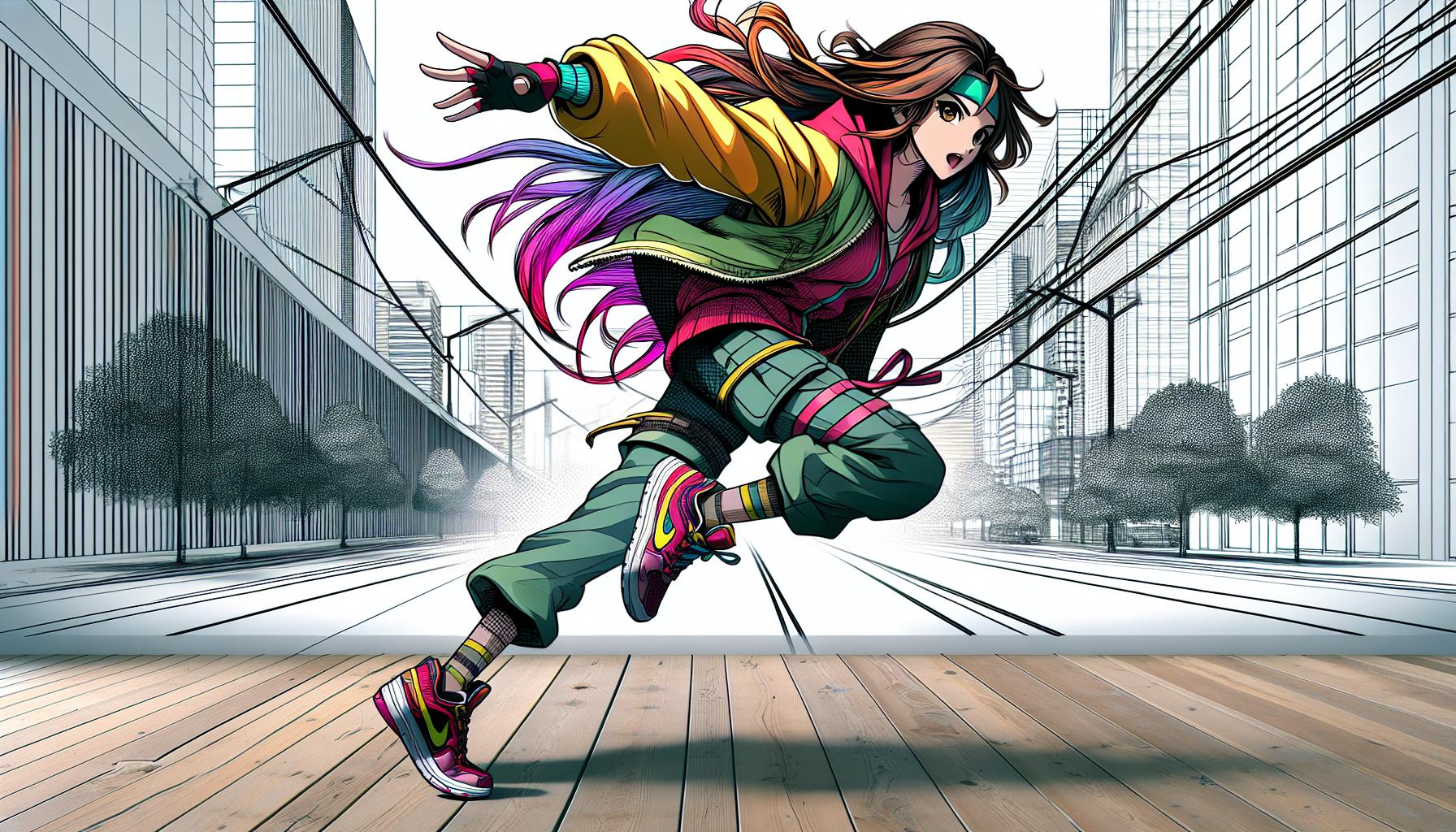
Anime drawing possesses unique characteristics that set it apart from other artistic methods. Understanding these distinctions enhances appreciation and inspires experimentation in various styles.
Manga Influence
Manga serves as a significant influence on anime drawing, sharing many stylistic elements. Both forms utilize exaggerated features, dynamic action scenes, and expressiveness to convey emotions. Manga’s black-and-white aesthetic often emphasizes line work and shading, creating a strong foundation for anime:9iifp48_dfk= drawing vibrant color palettes. Artists who excel in manga frequently transition to anime seamlessly, adapting their skills in character design and storytelling. The narrative depth found in manga often translates directly into anime adaptations, making it a central influence in both mediums.
Western Animation
Western animation contrasts with anime drawing in several key areas. While anime often focuses on realism in movement, Western styles may prioritize exaggerated actions or comedic elements. Character designs in Western animation frequently emphasize varied body types and a broader range of facial expressions. Additionally, color usage can differ, with Western animation incorporating softer palettes to evoke lightheartedness, while anime often employs striking colors to express intense emotions. The storytelling approach also varies; anime tends to delve into complex themes and character development, whereas Western animation may focus more on episodic humor and heroism. This diversity enriches the animation landscape, offering distinct experiences to audiences across cultures.
Drawing in Anime With Expression
Anime drawing is more than just a form of art; it’s a powerful way to express emotions and tell stories. I’ve found that embracing the unique techniques and styles within this genre opens up endless creative possibilities. Whether you’re sketching your favorite characters or exploring vibrant backgrounds, each stroke adds depth to your artistic journey.
Engaging with online communities can also enhance your skills and provide invaluable feedback. As you dive into the world of anime art, remember that every artist’s path is different. Celebrate your progress and keep experimenting. The beauty of anime drawing lies in its ability to connect people and inspire creativity across cultures.

